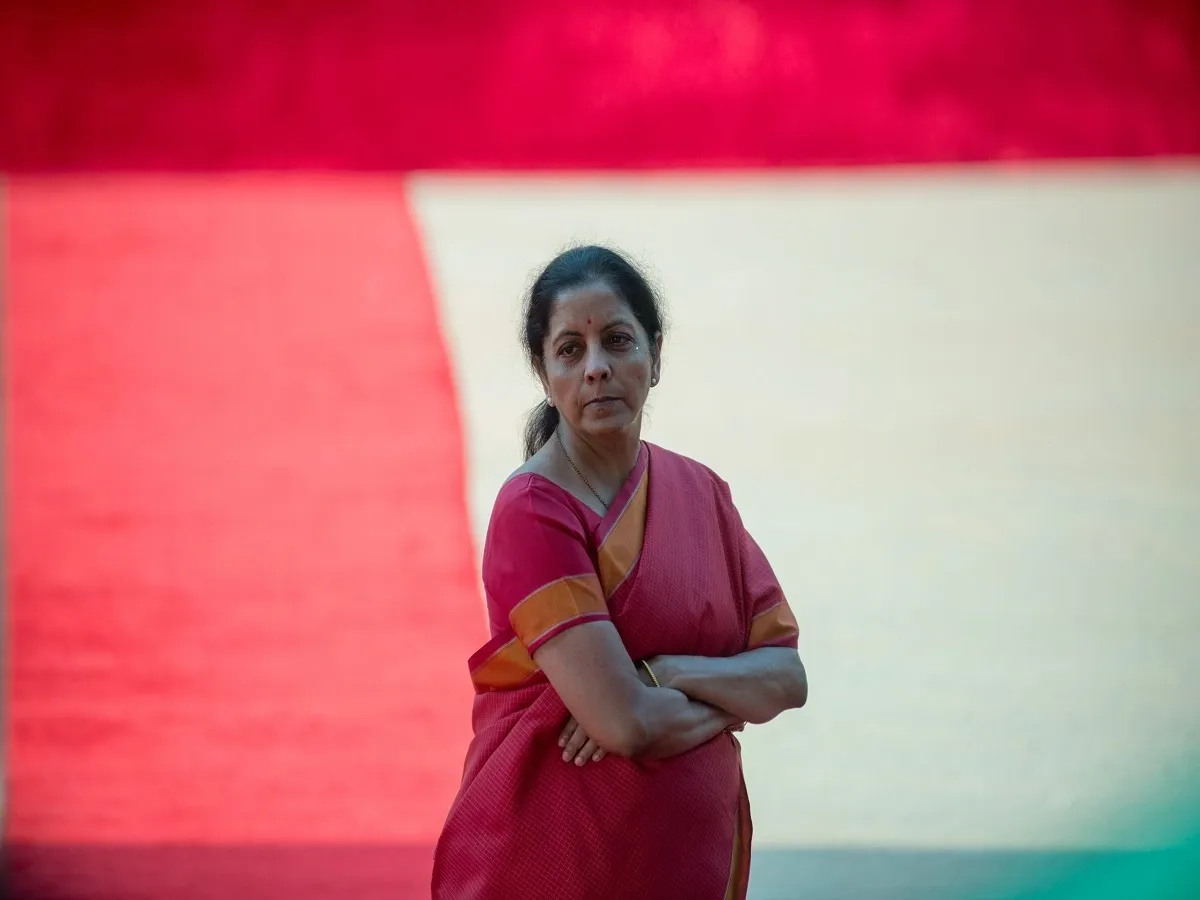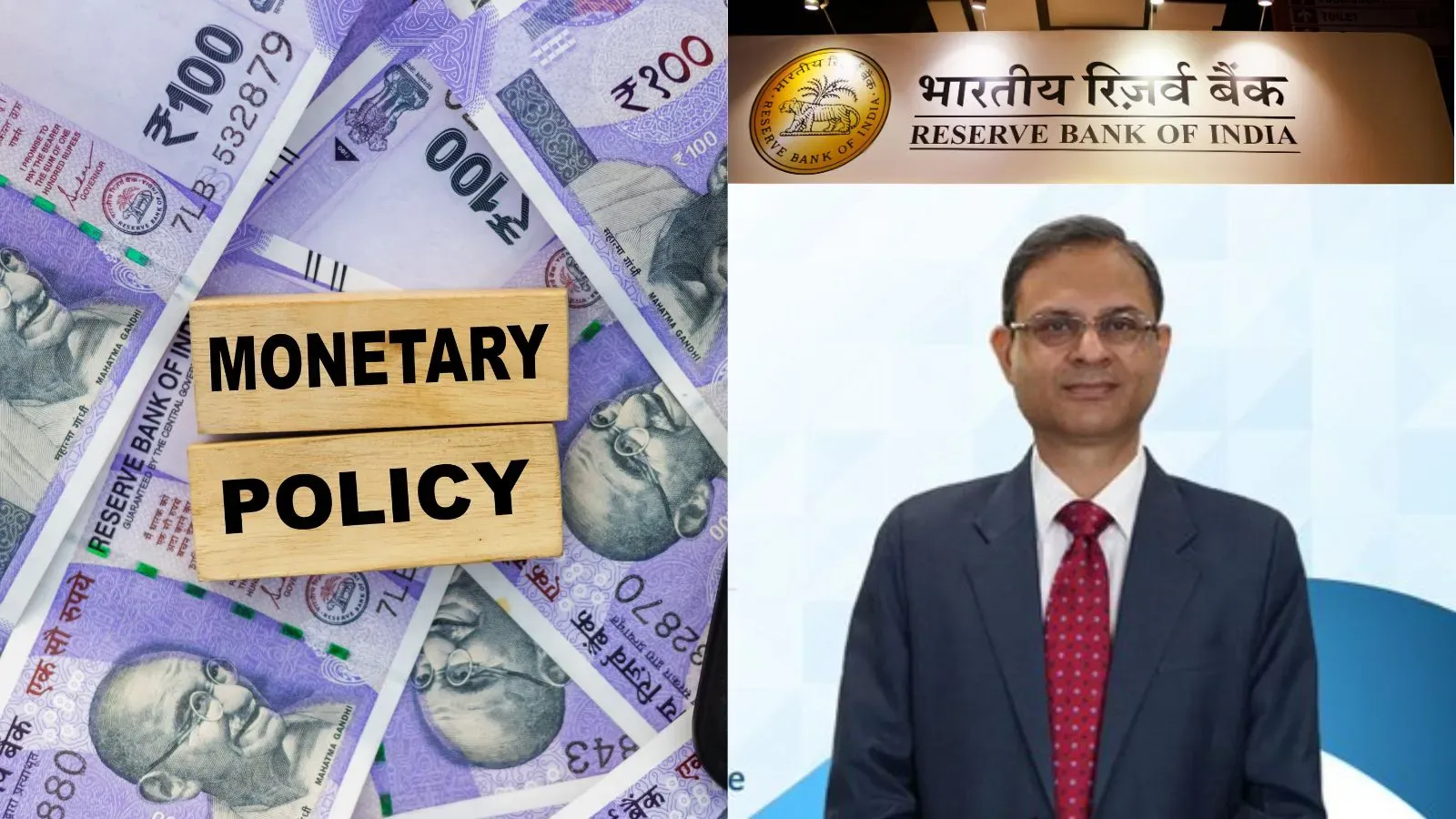Business News
Budget 2024: Here’s how Union Budget is prepared, check key steps
.png)
4 min read | Updated on July 19, 2024, 19:00 IST
SUMMARY
The Ministry of Finance prepares the Union Budget each year. Within the ministry, the Department of Economic Affairs is involved in the preparation of the Budget documents. Generally, the preparation of the Union Budget begins six months ahead of the date of its presentation.

Finance Minister Nirmala Sitharaman will present the Union Budget 2024-25 in the Parliament on July 23
All eyes are on Finance Minister Nirmala Sitharaman as she is going to present the full budget for the financial year 2024-25 next week. The Union Budget 2024 will be presented in the Parliament by the Finance Minister on July 23.
The tedious exercise of budget preparation entered the final stage with the traditional halwa ceremony on July 16. It’s a traditional practice to serve ‘halwa’ to the staff members and officials of the finance ministry involved in the preparation of the budget.
The annual exercise of preparing the Union Budget involves many officials from various departments. The entire process is supervised by the Ministry of Finance. Within the ministry, the Department of Economic Affairs is responsible for the preparation of the budget. Typically, the preparation of the Union Budget begins six months in advance of the date of its presentation.
Ahead of the presentation of the Union Budget, here’s a look at an overview of the step-by-step process of preparing the Union Budget:
Issue of Budget Circulars
The process of preparing the Union Budget starts with the Ministry of Finance issuing Budget Circulars. These circulars are sent to different ministries and departments of the central and state governments. The circulars include a set of guidelines that are to be followed while preparing the budget estimates. These circulars are then distributed by the ministries among disbursing and field officers.
Once the circulars are received by these officers they proceed to share an account of the department's financial expenditures and receipts for the current and past fiscal year with the senior officers in their department. At this stage, disbursing officers also share an account of their probable expenses for the upcoming fiscal.
Examination and audit of collected data
The data collected by ground-level officers of various ministries and departments is audited by the senior officers. After the audit is complete the officials can either approve the estimates or revise them. The collected data and estimates are then sent to concerned ministries for further scrutiny. Once the scrutiny is complete, the data is sent to the Finance Ministry. The Finance Ministry studies and correlates the data with its own estimates and with the resources it has at hand to determine the feasibility of the proposed allocations.
Allocation of resources and formulation of schemes
Once the examination and audit stage is completed the Finance Ministry, it allocates resources to the different ministries. At this stage, the ministry also formulates schemes for public welfare.
Often disputes arise regarding the allocation of resources as the Finance Ministry might not deem an estimate correct. Such disputes are resolved by the ministry after consulting the Prime Minister or the Union Cabinet. In the dispute resolution process, the decision taken by the Prime Minister is considered final.
Once the process of resource allocation is complete the Finance Ministry works with the Central Board of Direct Taxes and the Central Board of Excise and Customs to prepare reports. These reports show an account of estimated revenues, which will be generated in the upcoming fiscal year. These reports are then consolidated to create the Union Budget.
Halwa Ceremony and printing of budget documents
After the compilation of the budget, the final document is printed and the commencement of this stage is commemorated with the traditional ‘Halwa Ceremony’. Halwa is distributed to the staff members and officials of the finance ministry involved in the budgetary exercise. Post the completion of the ceremony, the printing of the Union Budget begins.
Utmost secrecy is maintained at this stage. Details of the budget documents are kept secret till its presentation. As per the protocol, the officials and staff members involved in the process of printing the budget document stay confined to the ministry premises till the budget is presented in the Parliament.
Presentation of Union Budget
The presentation of the Union Budget before the Parliament is the final stage of the process. The budget has been presented on February 1 in the past few years. However, in years in which elections are held, the budget is presented twice. The incumbent government presents the Interim Budget before the elections. After the Lok Sabha elections, the Union Budget for the financial year is presented by the new government.
Finance Minister Nirmala Sitharaman presented the Interim Budget on February 1. The full budget, which will mark FM Sitharaman’s seventh consecutive Budget presentation, will be tabled in the Parliament on July 23.
By signing up you agree to Upstox’s Terms & Conditions
About The Author
Next Story

